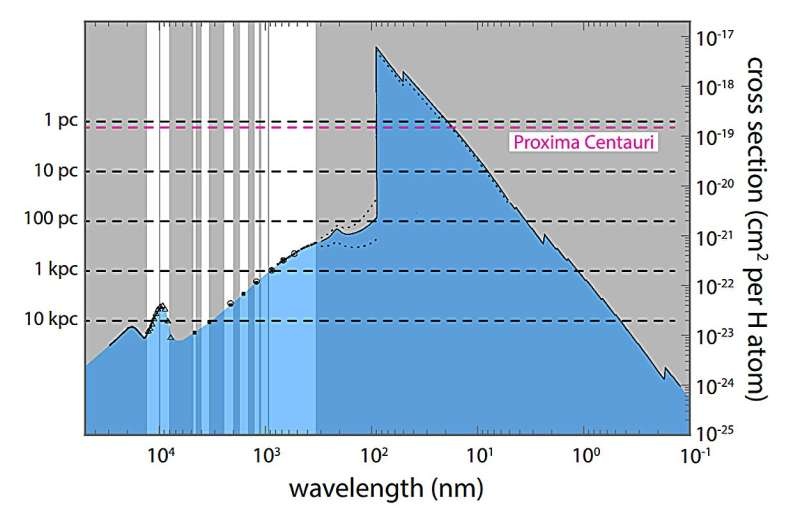Explore the intriguing possibility of interstellar quantum communication and how it could revolutionize the search for extraterrestrial intelligence (SETI) and potentially explain the Fermi paradox.

Quantum Approach to SETI
The search for signals meant to be detected by us has been the center of SETI searches that have targeted primarily classical communication methods such as listening for radio waves or searching through optical messages. That said, a quantum mechanical approach may provide a better method for detecting and communicating with other advanced civilisations than our current radio-telescopes.
Latham Boyle, a researcher at the Higgs Center for Theoretical Physics at the University of Edinburgh has looked into interstellar communication with quantum entanglement. Boyle noted that by entangling sets of qubit pairs with one belonging to the sender and another on Earth, it would make it possible for interstellar and possibly galactic-distance quantum communications.
Quantum communication on the other hand is difficult
Boyle’s study also what tremendous difficulties are involved in setting up interstellar quantum communication. First off, the sending and receiving telemetry required for the two end telescopes are quite large. As you can imagine, a 62-mile-wide telescope is out of the question; Boyle figures that even if such a scope existed, the constraints of quantum physics would limit it to detecting light from only nearby stars like Proxima Centauri (4.
This pales in comparison with the towering diameter of the European Extremely Large Telescope under construction (40 meters; see video, above). Telescopes with a size of around 200 m are necessary, even for a photon with shorter wave length like gamma rays.
Then there is the alignment and placing of the telescopes. While Boyle suggests that some kind of relay system or quantum repeaters would have to be dispersed about a tenth of an astronomical unit apart — so throughout our own solar system — Holding these types of telescopes in perfect alignment could be a tough task, engineering-wise.
Conclusion
Despite its attractive theoretical prospects for interstellar SETI, quantum communication has huge practical challenges. The sizes of telescopes needed, and the near-perfect alignment required just to send and receive quantum signals are far beyond what we can currently accomplish. Still, Boyle’s analysis offers a unique perspective on the limits and possible remedies of this path forward, providing explainers for how further efforts in avenues could occur. In our quest to discover intelligent life outside of Earth, for example, quantum-powered interstellar communication might one day be practical when we push the limits from science and technology.
